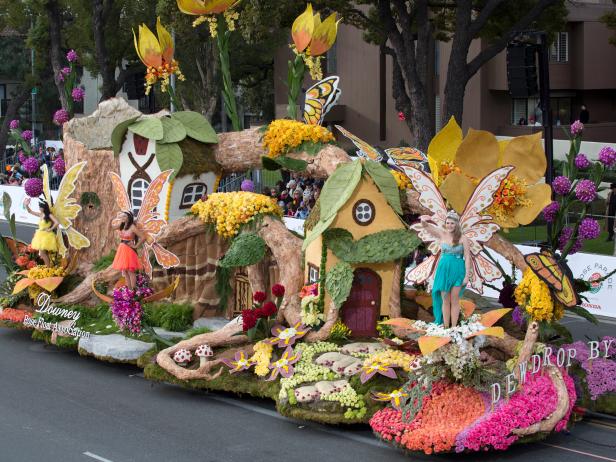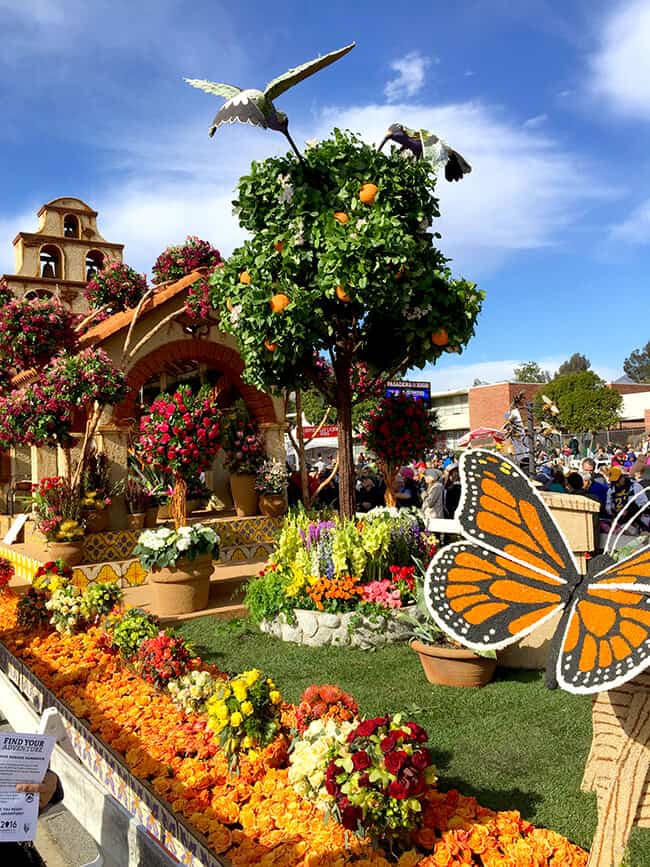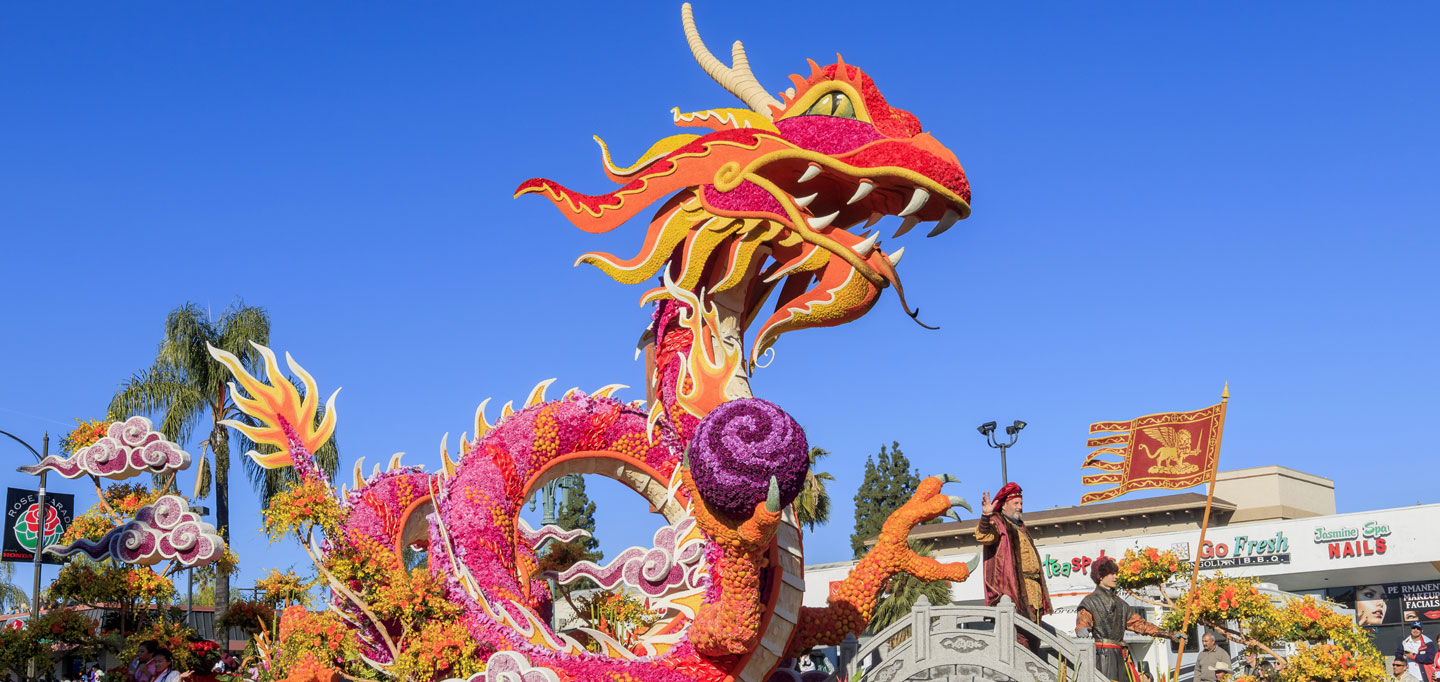With a month to go, one of the most exciting and brilliantly displayed parades of the year is drawing closer by the day. Of course we're talking about the classic Tournament of Roses Parade. It goes by many names: The Rose Parade, The Rose Bowl Parade, or just the Tournament of Roses. This parade classic has been a mainstay of Pasadena, California for over a century and surprisingly has origins not rooted in its modern association with a football classic.
History of the Rose Parade
First taking place in 1890, the original parade was meant to showcase the temperate growing season that southern California has to offer. The majority of the members of its host organization, Pasadena's Hunt Valley Club, were transplants from the eastern and Midwestern states, and wanted to showcase who favorable growing seasons the valley area provided. At a club meeting, Professor Charles F. Holder announced, "In New York, people are buried in the snow. Here our flowers are blooming and our oranges are about to bear. Let's hold a festival to tell the world about our paradise."

Unless falling on a Sunday, the Tournament of Roses will always be held on New Years Day. The Sunday exception moves the event to January 2nd. With few exceptions, the Rose Parade has run consistently for nearly 136 iterations. The very rare exception has been due to situations like 2021 where the Rose Bowl Parade was postponed due to COVID, but these are extremely rare exceptions to the rule.
Becoming the Rose Bowl Parade
The Rose Bowl Parade didn't truly become associated with football until the first combined game in 1902 in an inaugural East Coast vs West Coast game, and then there wasn't a followup game again until 1916 but has been played annually ever since.
The route has followed the historic Route 66 through Pasadena for several decades now and the rules for the floats has remained largely unchanged through the years.
- Every inch of the float must be covered in flowers, bark, leaves or other natural material
- Every Float must be able to fit underneath obstacles on the route (ie. overpasses)
- No artificial flowers may be used
- No artificial coloring or material may be displayed for public view

While seemingly simple in nature, these rules make for an impressive feat to gather teams within 48-72 hours to decorate floats. The time constraint is imperative given the short staying time of the provided roses, flowers and other natural material in use on the floats. As a result of the incredible challenge of developing these floats, volunteers are still a vital part of ensuring the parade continues its legacy each year. Tributes are made to these volunteers for their dedication that keeps this brilliant display a part of the modern American culture.

